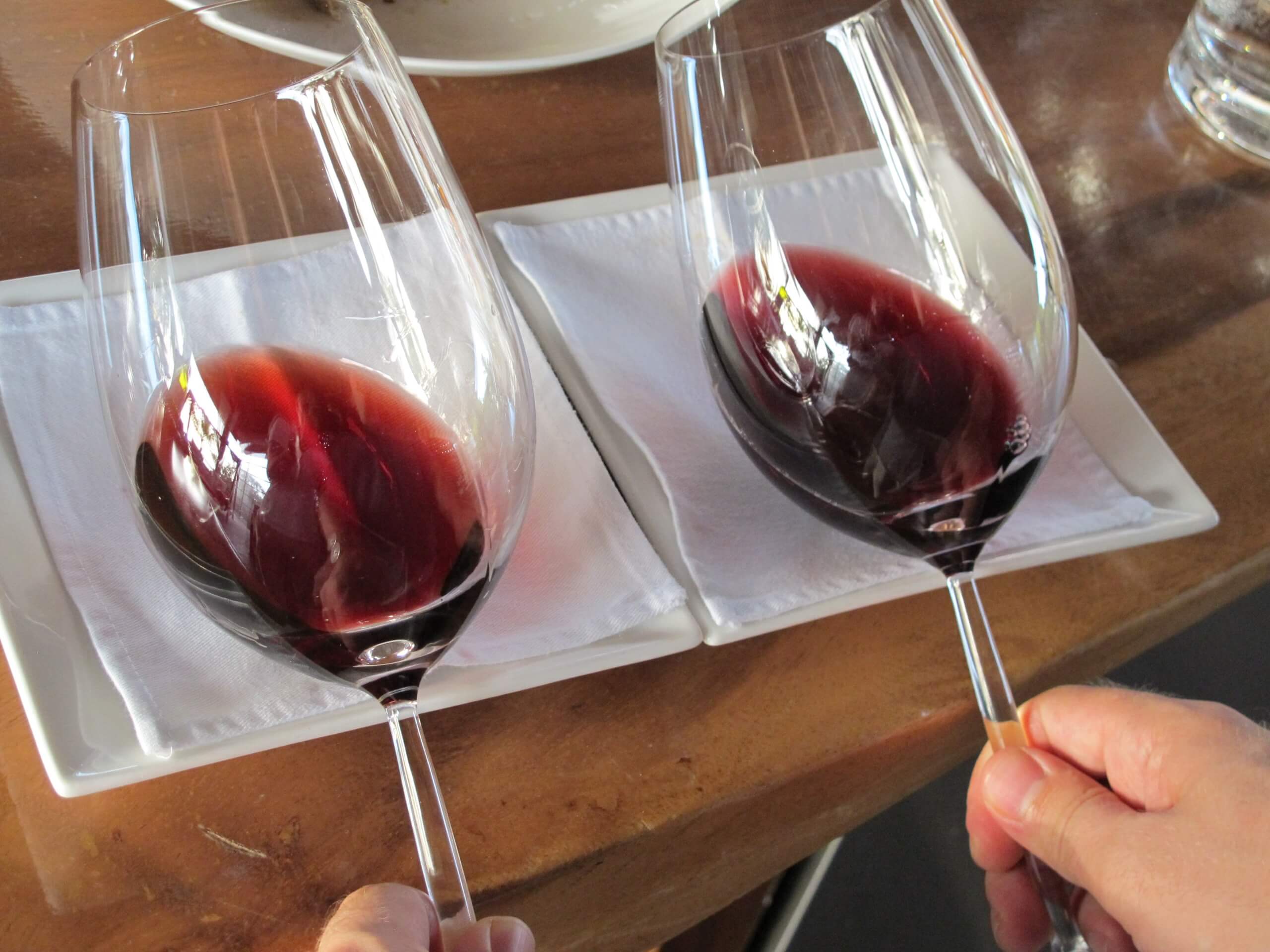Top 3: Tips for Understanding French Wine LabelsBy Angelica Malin
A wine bottle’s label is the first – and possibly only – chance you have to decipher its origin, quality and taste. Yet the issue is that French wine labels are some of the world’s most complex. They are also subject to subject to strict regulatations so next time you’re out shopping for a bottle keep in mind these tips to help you pick the perfect wine.
Producer
France is famous for its independent wine estates. These are known as viticulteurs or propriétaires-récoltants and make wine from their own grapes. One of the most popular regions for production is the Loire Valley and you can find a whole host of information about different manufacturers across the Touraine and Upper Loire by checking out this handy Loire Valley Wine Map that Belle France have put together.
Producers usually take great pride in their status and their wine bottles normally display their domaine or château name in prominent letters on their front labels. These grower wines have their own distinctive taste which is why they are beloved by connoisseurs.
Wines made by merchant houses (négociants) can be harder to identify. These merchant houses buy juice, grapes or even finished wine which it then bottles and sells under its own brand name.
A famous example of a merchant house is Mouton Cadet. This brand is owned the Rothschild family, who make their wine with grapes bought from other growers in the Bordeaux. Look for the word ‘négociants’ rather than the estate name to identify its origins.
Appellation
The words appellation d’origine protégée (AOP) are used as a means of distinguishing a wine from others at the top of the French wine tree. Rules are strict about the percentages of grape varieties that must be in vine yields and blends, as well as ageing requirements and, most importantly, where the grapes are grown.
Confusingly, these appellations can cover a single village (Pauillac), a smaller sub-zone (Haut-Médoc), or an entire region (Bordeaux). The smaller the appellation area, the stricter the regulations governing wine-making will be there.
Vintage
In this context, the term ‘vintage’ refers to the process of picking grapes and creating a finished wine from it. So, a vintage wine is one where its grapes were picked and harvested within a specific year.
Vintage is an important marker of its style, freshness and staying power. At the top end of the claret market, a certain vintage can mean a price difference of hundreds of pounds.
Up to 15% of a wine can be of a vintage other than that stated on the label. So you may well be drinking to 15% of a cheaper variety. So if you’re buying the wine to glug, you should insist on drinking wine of the most recent vintage.



